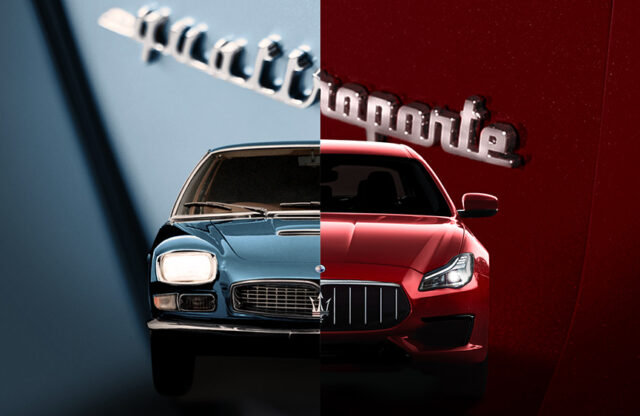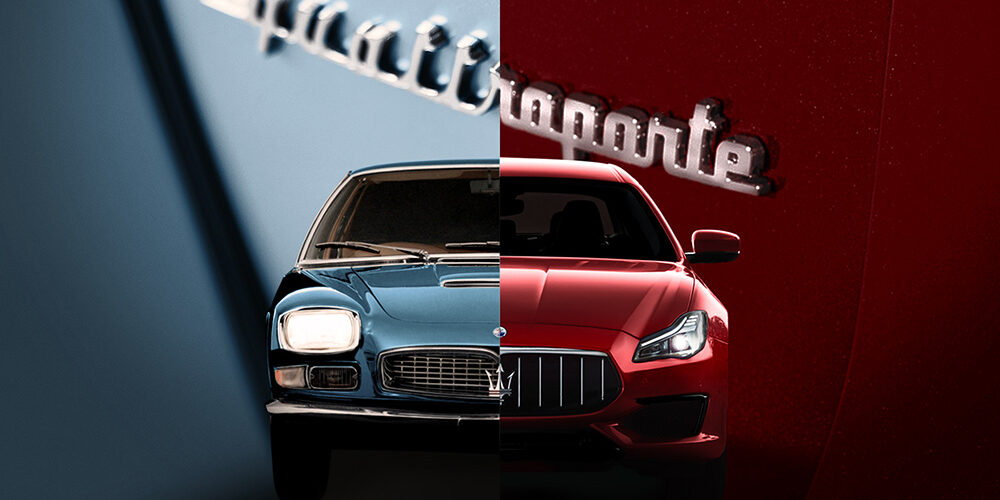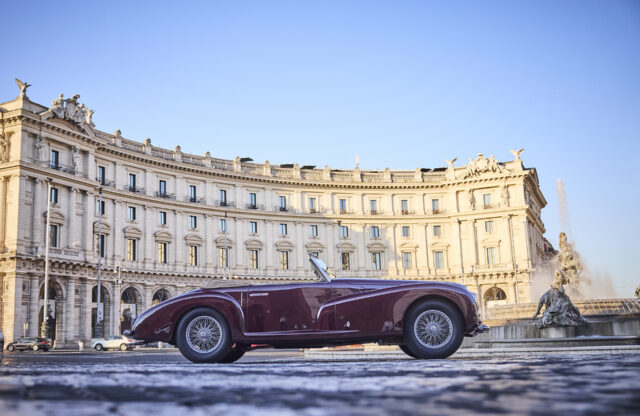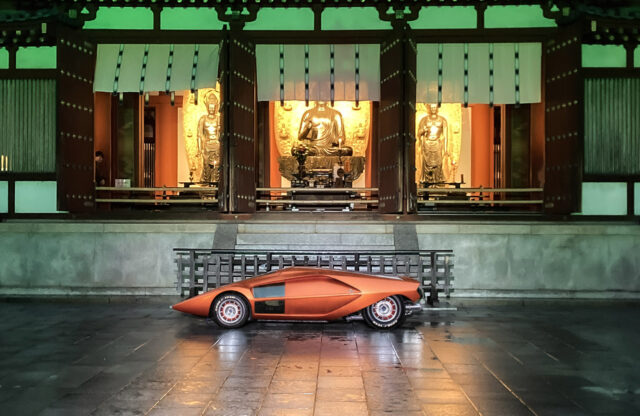The Maserati Club UK is to celebrate the Maserati Quattroporte by bringing together 60 examples of the breed for a ‘Quattroparty’ at the Salon Privé Supercar Saturday and Club Trophy Day, on Saturday August 31, 2024. That’s one car for every year of production. Among the number are expected to be one of 13 Quattroporte IIs ever built, coming from a Belgian collection – just three in total are believed to currently be in running condition.
Plenty of surprises are in store in terms of specifications, modifications and storied cars across all eras. Those attending will have access to marque specialists Emblem and McGrath Maserati for technical advice. There will also be a People’s Vote, with Graypaul Maserati providing a Grecale for an extended weekend.
Prizes at the Quattroparty will be on offer for the oldest car, as well as for the highest-mileage, most outrageous colour scheme, best combination of car and occupant, most unique, longest distance travelled, most interesting factory and non-factory fitted extras, most elegant driver and fastest, plus more besides. A tote bag full of goodies will also be available for attending Quattroporte owners, although all Maseratis are more than welcome.
Which era of Quattroporte is your favourite? Here’s a helpful reminder…
QPI AM107 (1963-1967)
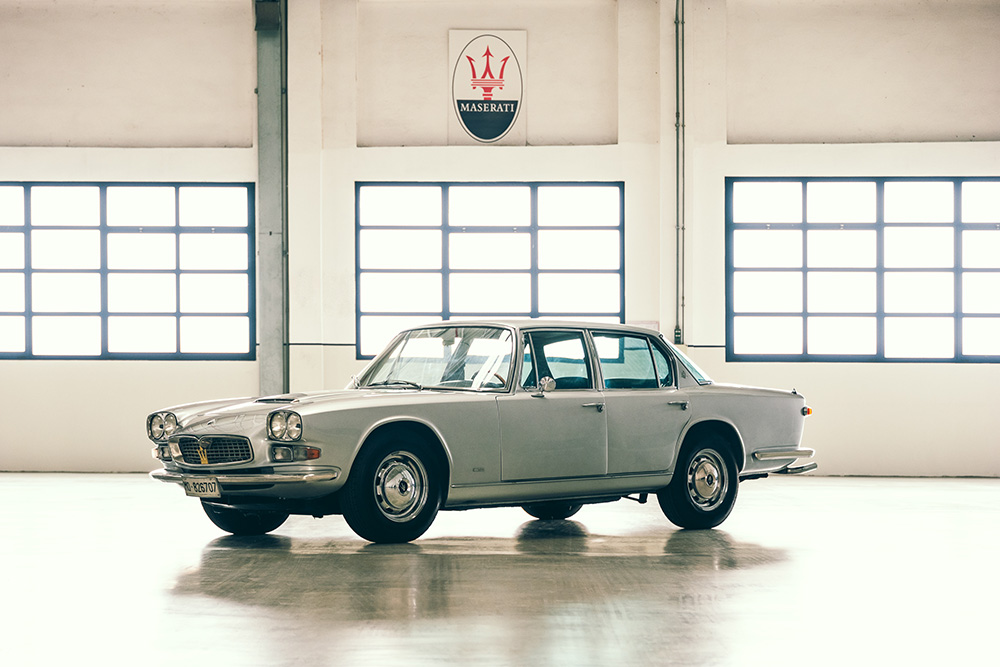
Launched in 1963 at the Turin Motor Show, the Frua-designed, Vignale-built Quattroporte used a 260bhp 4.1-litre V8 with either a five-speed ZF manual gearbox or a three-speed Borg-Warner automatic. It was the first series production Maserati car, drawing inspiration from the one-off 5000GT Frua designed for the Aga Khan.
Just 230 were built before the introduction of the Series II model in 1966, which not only replaced the De Dion tube rear suspension with a leaf-sprung solid axle, but also upgraded the interior and took the engine to 4.7 litres, which boosted power to 286bhp. With a 158mph top speed, it was the fastest four-door in the world at the time: around 500 were built.
QPII AM123 (1974-1978)
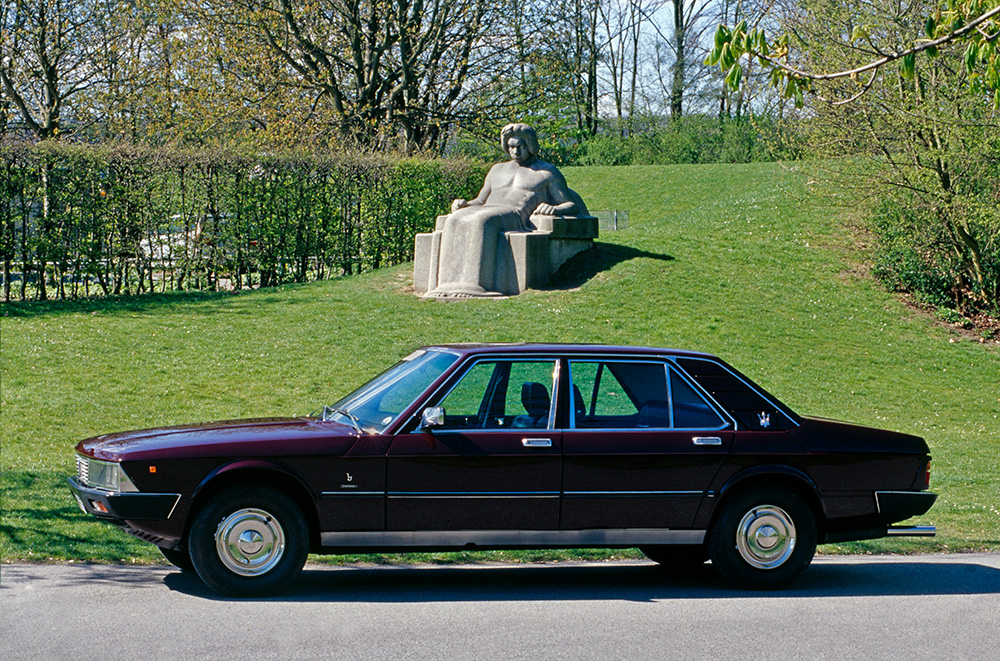
Launched at the Turin Motor Show in 1974, the Marcello Gandini-styled QPII was based on a lengthened Citroën SM chassis, with front-wheel drive and a V6 engine. The original idea had been to fit the venerable V8 from the QPI and Ghibli, but this was deemed too old.
Maserati developed a new V8 and performed more than 17,000km of durability testing – however, when Alejandro de Tomaso took over in 1975, the engine programme was dropped. Difficulty homologating the car meant that just 13 cars were sold, largely to the Middle East and Spain, where type approval wasn’t needed.
QPIII/Royale AM330 (1979-1990)
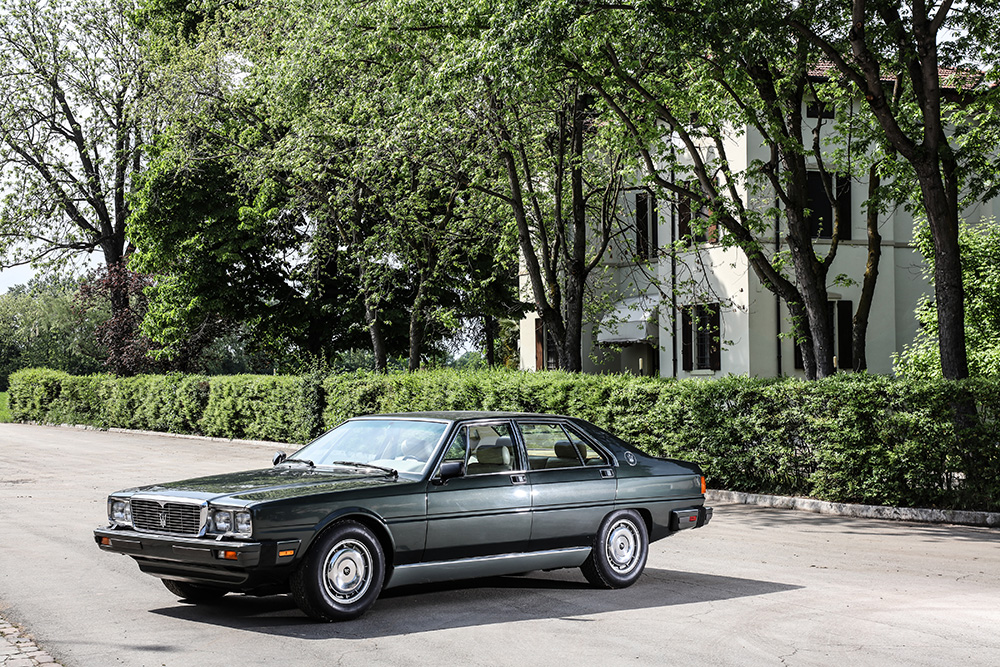
Giorgetto Giugiaro had already shown two concept cars that hinted at possible future four-door Maseratis – the Medici I and Medici II – in the early 1970s. While too radical for de Tomaso, it informed some of the decisions made for the production Quattroporte, introduced at the Turin Motor Show in 1976. However, the model would only go on sale in 1979 and, mechanically at least, it was very old-school – using a stretched Kyalami chassis, the quad-cam V8 that made its debut in 1963 was wheeled out again in 4.2- and 4.9-litre form.
In 1986, the Royale was launched – a built-to-order special that featured a higher-compression version of the 4.9-litre V8 that produced 296bhp. Just 53 Royales from a proposed run of 120 were built, contributing to a total of 2155 QPIIIs made in total.
QPIV AM337 (1994-2001)

Unveiled at the 1994 Turin Motor Show, the Marcello Gandini-styled QPIV used a 5cm-longer version of the Biturbo platform, and was initially fitted with either a 305bhp 2.0-litre twin-turbocharged V6 for Italy (due to tax laws on any car with more than 2.0 litres) and a 280bhp, 2.8-litre version of the same engine for export markets.
In 1995 the Ottocilindri joined the range with a 330bhp 3.2-litre twin-turbocharged V8 inherited from the Shamal. In 1998 an improved version called the Evo was launched at the Geneva Motor Show. There were more than 400 new or improved parts out of 800 in total. The 2.0-litre V6 was dropped from the range. 730 Evo versions were built out of 2400 QPIVs.
QPV M139 (2003-2012)

Constructed on an entirely new platform with styling from Pininfarina’s Ken Okuyama, the fifth-generation of the Quattroporte was among the first Maseratis to be officially sold in the US since the late 1980s. Making its debut at the 2003 Pebble Beach Concours d’Elegance, it initially featured a dry sump 4.2-litre naturally aspirated V8 that delivered 396bhp. It was first offered with a Graziano Duoselect automated manual, although a six-speed XF automatic joined the range in 2007.
In 2008 the range was facelifted with revised bumpers, sills and lamps. The DuoSelect gearbox was dropped, and you could choose from the 396bhp 4.2-litre engine and a 424bhp 4.7 version. In 2009, the Sport GT S joined the range with a 434bhp engine courtesy of a revised intake and exhaust system, plus single-rate dampers for a sportier set-up. In total, 7598 QPVs were built.
QPVI M156 (2013-2023)
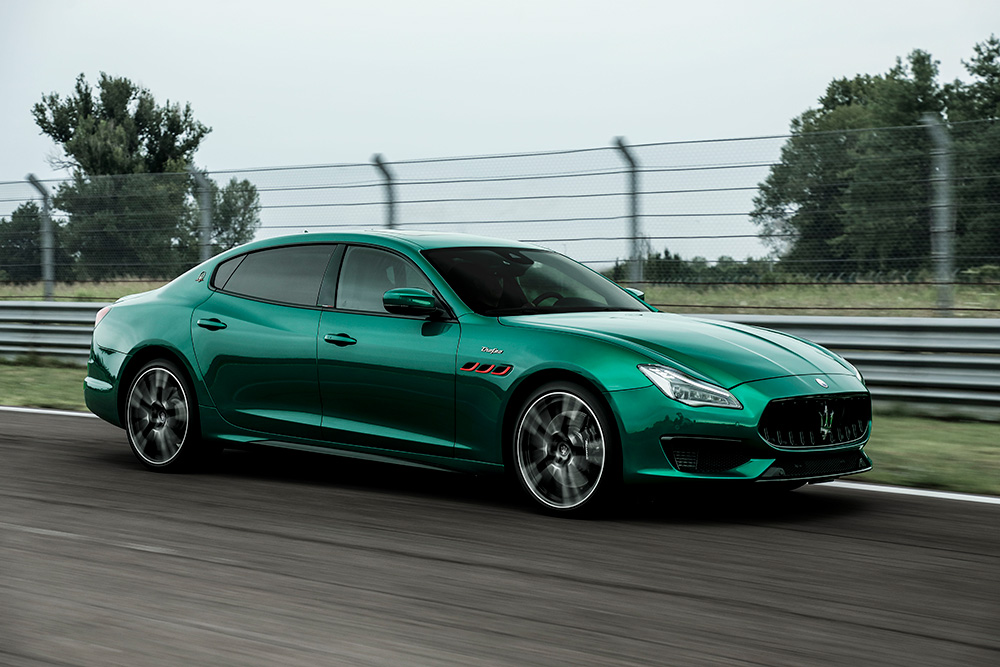
Based on the same architecture as the Ghibli III, the Lorenzo Ramaciotti-designed QPVI was a substantially larger car than its predecessor, and it was available with a much wider line-up of engines. Aside from the range-topping 3.8-litre twin-turbo V8 that produced 523bhp, you could choose a 345-424bhp 3.0-litre twin-turbo V6 or a 271bhp 3.0 twin-turbo V6 diesel. The model was introduced in 2013 at the North American International Auto Show, and you could also specify four-wheel drive if it was available in your market. The range was facelifted later in life, with the Trofeo model delivering 572bhp from its twin-turbocharged V8. More than 4000 were sold.
Although the event at the Salon Privé Supercar Saturday and Club Trophy Day 2024 is tailored to celebrating the Quattroporte, Maseratis of all ages and types are welcome. More details are available here. Please remember to enter as a Maserati Club member (as non-members are equally welcome) to ensure you get into the Quattroparty.
For more information about the Maserati Club UK, head here.
Salon Privé takes place at Blenheim Palace, Woodstock, Oxfordshire from August 28-31, 2024.
